

These were part of a verification test for physically plausible lighting (PPL) in lumen / UE5, as well as an exercise in rapid kitbashing. Each environment was created in around 4hrs from existing assets.


These were part of a verification test for physically plausible lighting (PPL) in lumen / UE5, as well as an exercise in rapid kitbashing. Each environment was created in around 4hrs from existing assets.

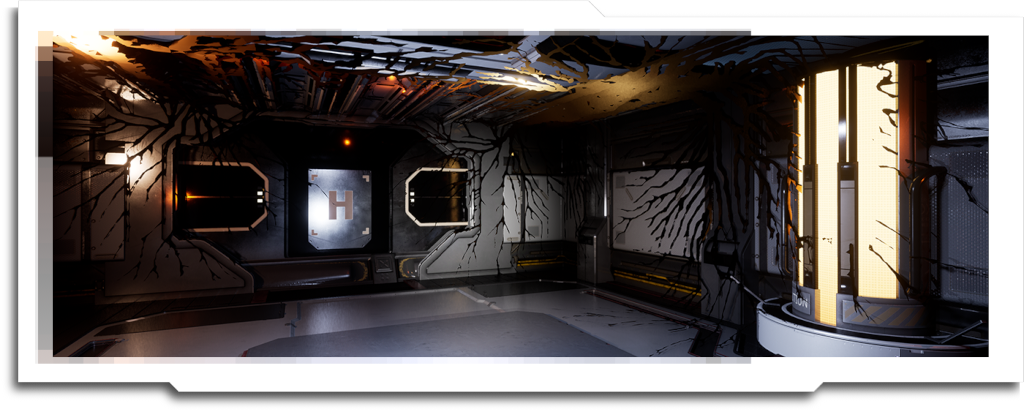
‘Shortest Path’ alien growth simulation for a location-based entertainment pitch. The growth would shrink in light, and grow in darkness, and the guests would ‘fight’ the infestation using tracked torches and other light sources. The aim was to make a fast-paced co-op experience without resorting to the usual ‘give people guns’ approach.


Virtual forest fire created for a pre-rendered car process shot for Scarab Digital / ‘Fire Country’. I created 4 looping VDB sequences in Embergen and Houdini – which were then duplicated around 400 times across the 2 minute sequence.

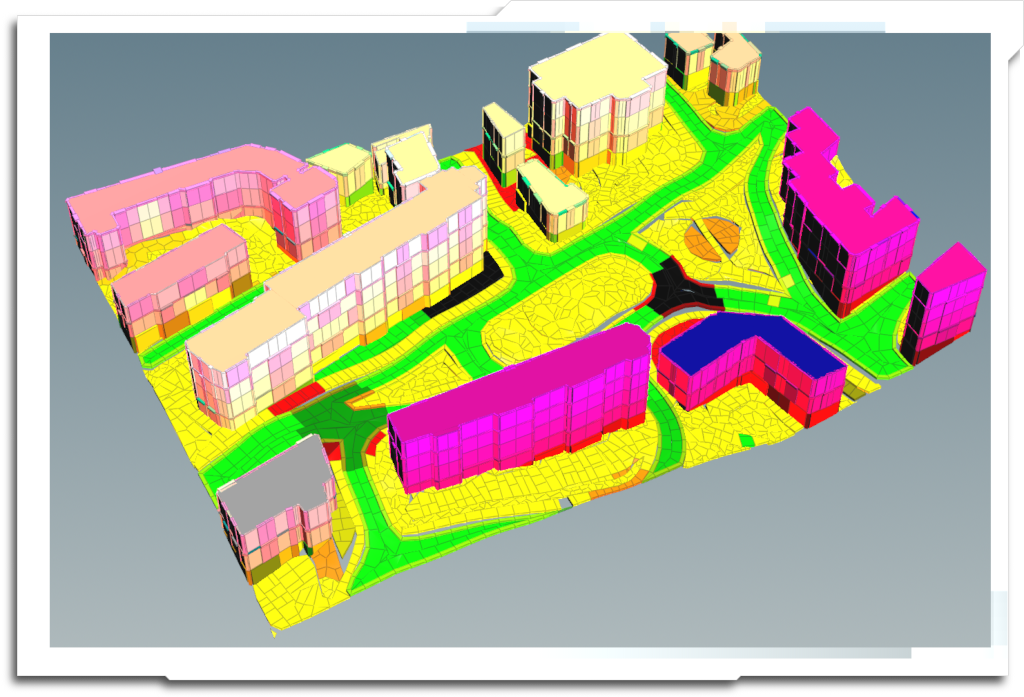
For a full ‘city block’ demo, I chose the most convoluted, difficult location I could think of – Hotwells in Bristol, UK, near where I used to live. Many procedural city tools lack functionality for steep slopes, or even assume an American-style grid layout.


The same ‘bounding box matching’ workflow could be tweaked to produce roads, kerbs, pavements, paths and green spaces based on a single source image. This example lacks rooftops, which aren’t a very good fit for a modular system unless the surface is very uniform.


Another demo environment, used for a Steadicam shoot at Scarab Digital. Desert layout in ‘Greenhouse’, streamed in as USD.
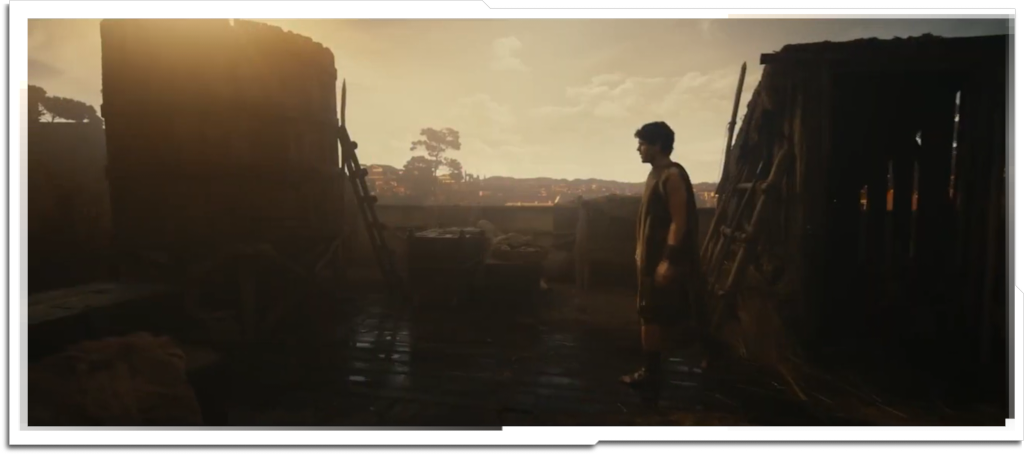
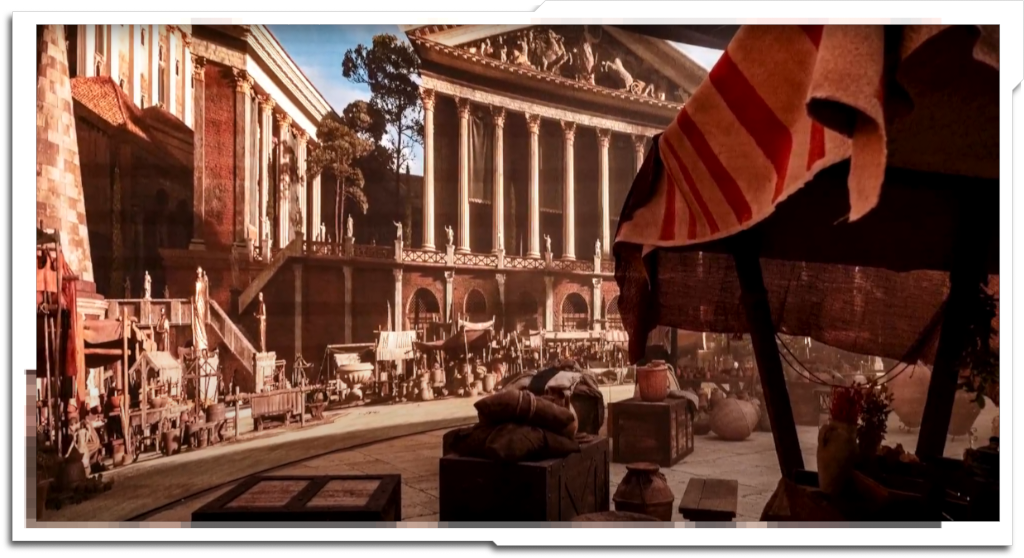
The overall ‘Rome’ asset was inherited from a museum, and had clearly been developed over a long period of time. Some assets were very simple (and pre-PBR), while the main temples were overly complex. The same workflow as the ‘Circus Maximus’ was used to simplify the heaviest buildings, and stop the nanite streaming pool from overflowing.

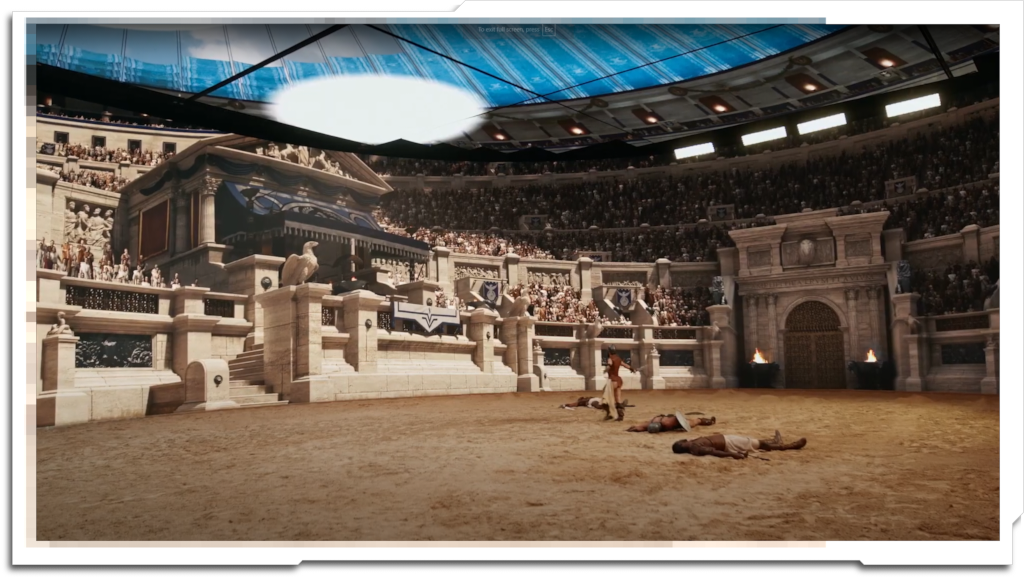
The ‘Circus Maximus’ ended up with around 32,000 virtual crowd actors, while the Colosseum created for ‘The Bet’ had around 80,000. The current limit with this workflow appears to be around 130,000 if the surrounding environment isn’t too heavy.

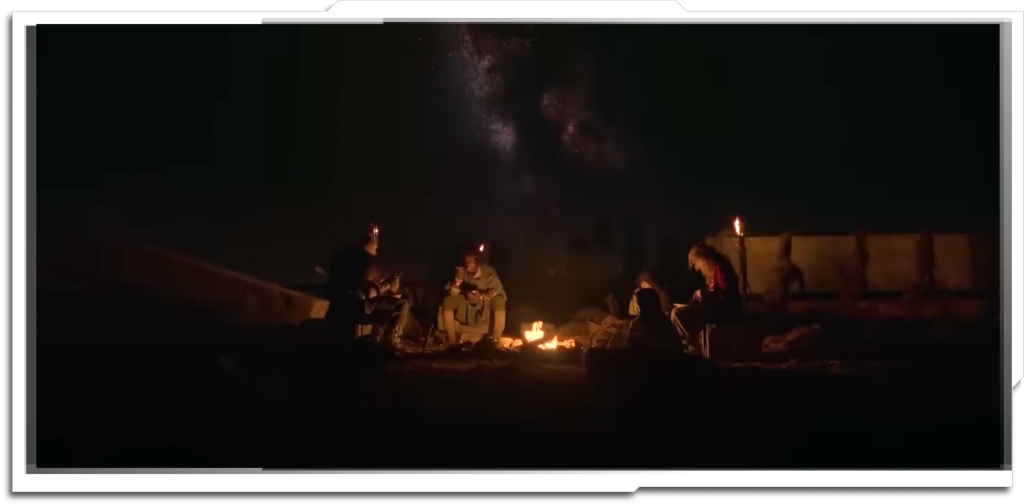
Stonehenge featured several times during the show – at sunset, dawn, and night. I created and lit a large portion of this environment, with assistance from the matte painting department at DNEG. The surrounding landscape was a real location in New Zealand that was split into a multi-layered camera projection in Unreal, with CG grass and stone monoliths for blending with the practical set.


I believe this is the last shot I worked on at MPC. The far background was from a drone shoot done in Squamish by Scott Russell and augmented by Hana Hirosaka. I added the FG vegetation as set of projected cards. I was also, bizarrely, responsible for the animated UI of Tails’ handheld tracker, which was created in nuke. I would not recommend doing this…
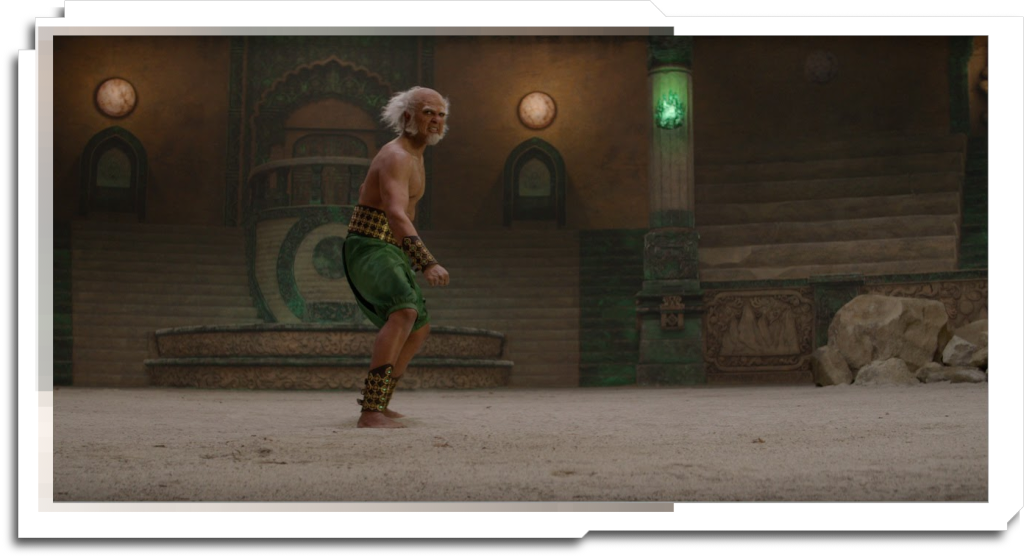

The Omashu Arena environment was a smaller, more contained environment – and it looks like a handful of shots made the final edit without wholesale replacement (though with a lot of FX and destruction work on top from OutpostVFX)
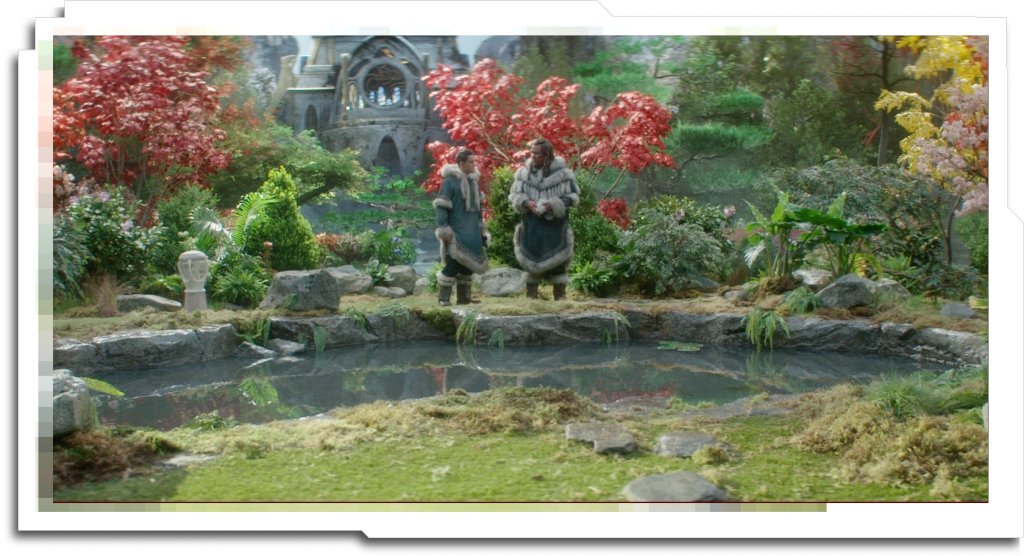
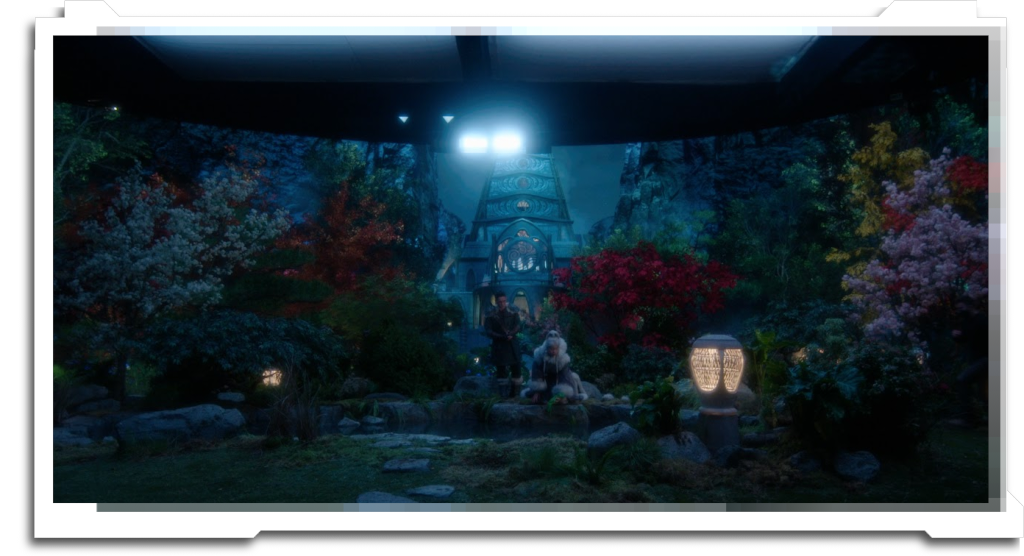
The ‘Spirit Oasis’ environment was an ambitious build for both the practical set, and the virtual background, especially baking lighting for complex vegetation and multiple lighting scenarios. ICVFX build by Dimension studios, taken over by ScanlineVFX for post.
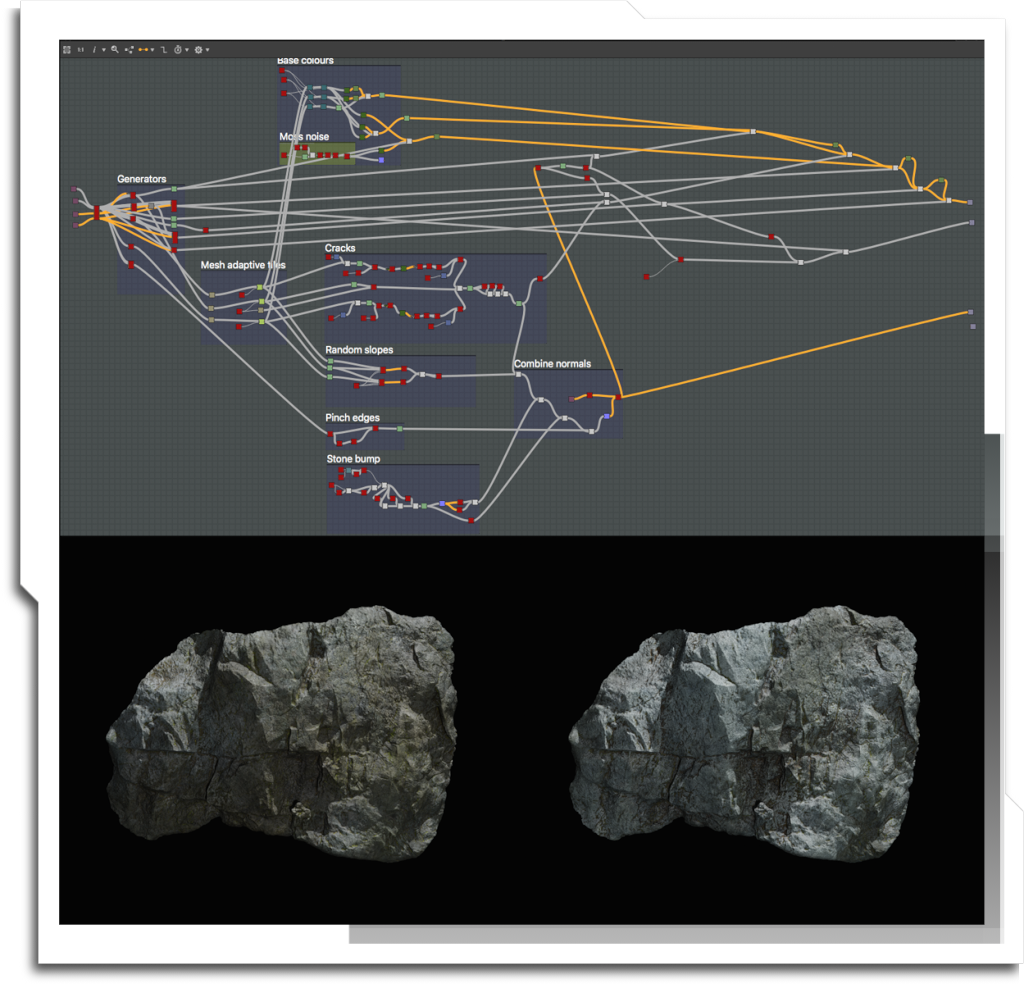

The photogrammetry rocks were shot on a relatively old camera (before I replaced it with a Sony A7R), and were quite soft. This is a substance designer script to up-res and sharpen the edges, to create the appearance of higher quality assets.
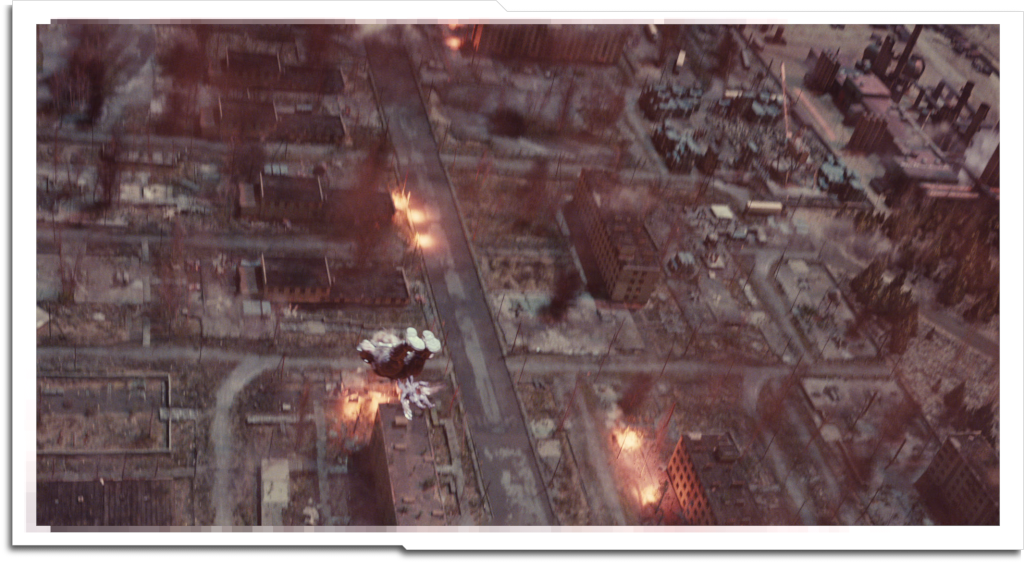
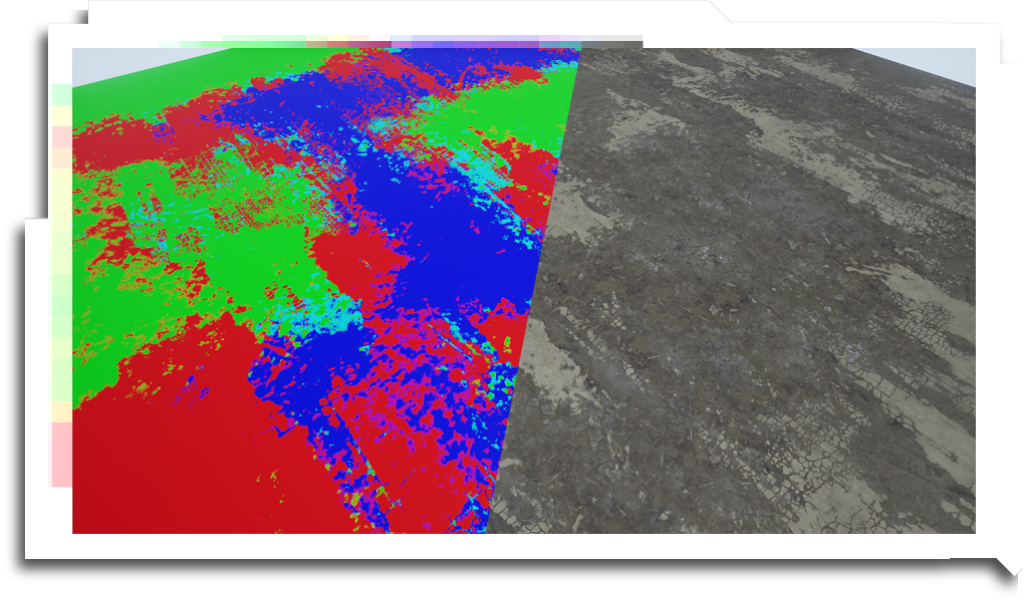
I also created a 5-layer blend shader for Unreal, which allowed artists to edit the terrain texture interactively. The vertex map was exported as a primvar, and the shader was duplicated in Katana, giving a precise match between Unreal and Renderman.


Illustration commission for ‘ImagineFX’ magazine. My initial sketch used a regular model T Ford (though still with the Gorilla in the back seat) – but this was thought to ‘Not be Sci-Fi enough’.


Approach to ‘Ballycarbery Castle’. Plates were shot at the (much smaller) castle ruins at Rock of Dunamase, and significantly extended with matte paintings.


Sully – 2016
I came in at the end of this show to create only a few paintings – the biggest an aerial shot of New Mexico. The base is a Digital Elevation Model (DEM) rendered in Terragen, with significant paintwork over the top.


300: Rise of an Empire – 2014
I was lead artist on this fast-turnaround sequence, the sacking of Athens. I created two panoramas of the city – one during the day, and one at night.


Two quick matte paintings for ‘Fast and Furious 6’ (2014) – a tunnel set extension, and replacement of the road and lights at Wembley Stadium.


Dark Shadows – 2011
I was made lead artist for the first time mid-way through this show, when the existing lead left. I set up the WPP (world position pass) projection templates for the cliffs, as well as the Liverpool docks skyline. I also created the cliff-top as a matte painting, and used a script to re-create a Vue forest ecosystem as a card setup in Nuke.


Sky replacement and horizon extension. I didn’t create the ship, but did composite it for this test shot.


London skyline for the final sequence of Episode 1, seen from the rooftops of Victoria embankment. Time was meant to be around 1900 – and unusually for an aggressive TV schedule, I had the time for some historical research. Blackfriars bridge is on the left, and straight ahead is what is now the ‘OXO’ tower.
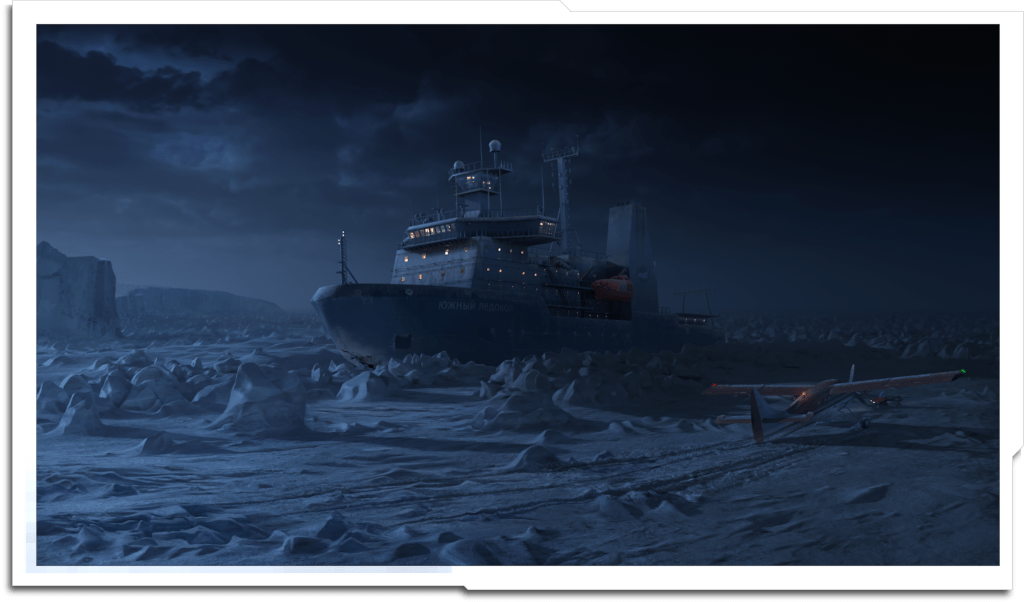

Establishing matte paintings of the eponymous ‘Icebreaker’ in Episode 7, stranded in the Bering Sea. Base renders of the ship were provided, and the surrounding icebergs were scattered in Vue.
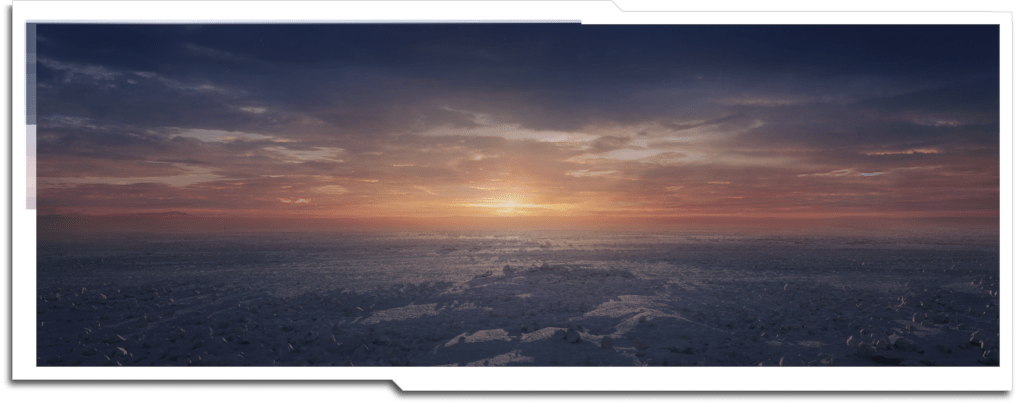
Cyclorama for all the icebreaker interior shots
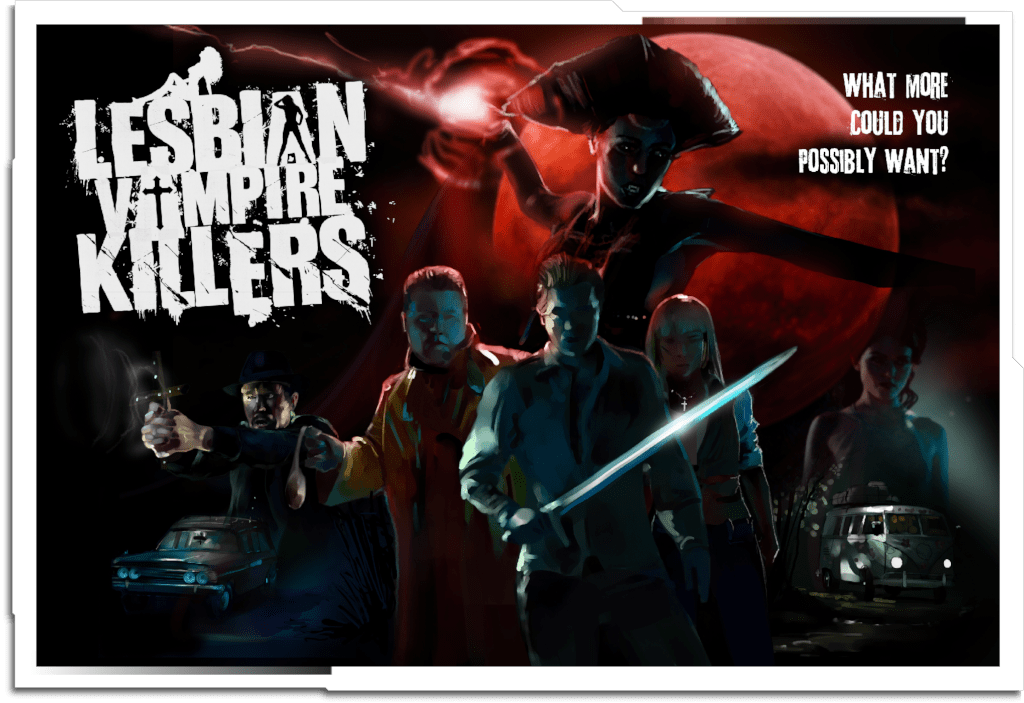
Concept for the movie’s poster


Cliff edge set extension for the ‘Rock Fall’ sequence


Initial blocking was done in ‘SketchUp’, and painted in Corel ‘Painter’.

Initial design for the Skyline matte painting. I preferred this design, but it was thought that it discriminated against host cities that didn’t have a waterfront view.


Initial designs featured sparklers and fireworks, but this was thought to encourage hooliganism at the actual games. The final shots used streamers and floating glitter to try to produce a similar effect.